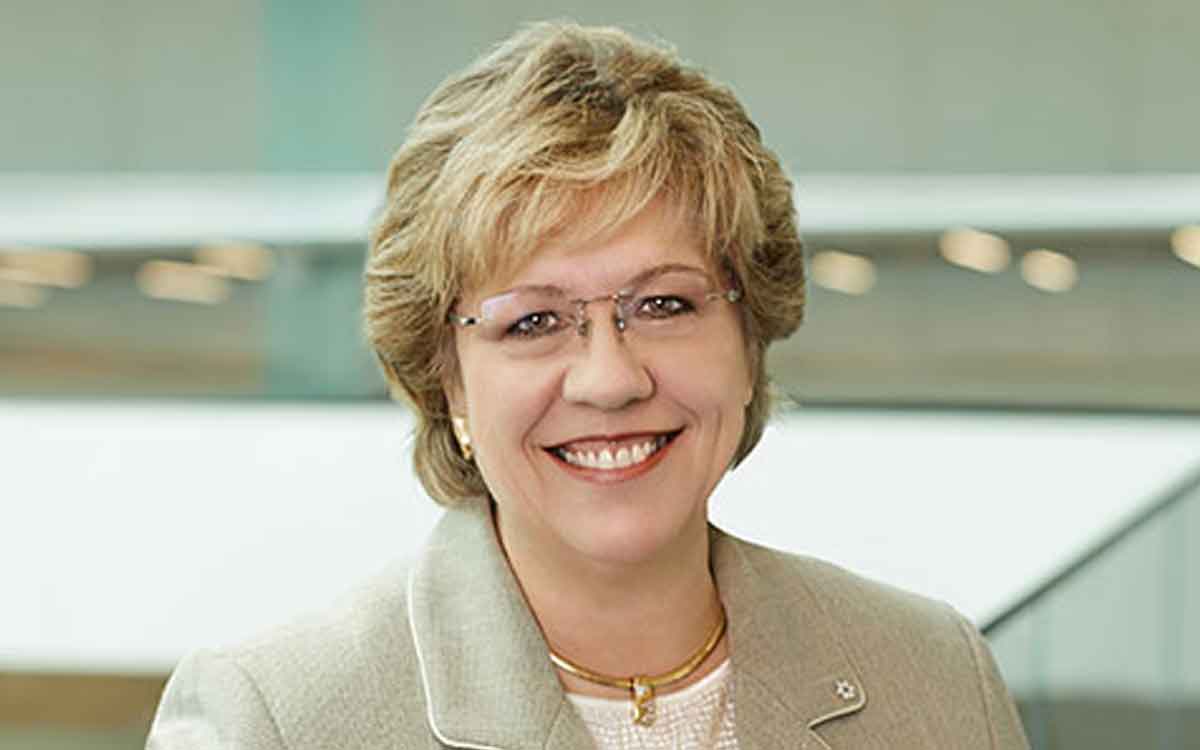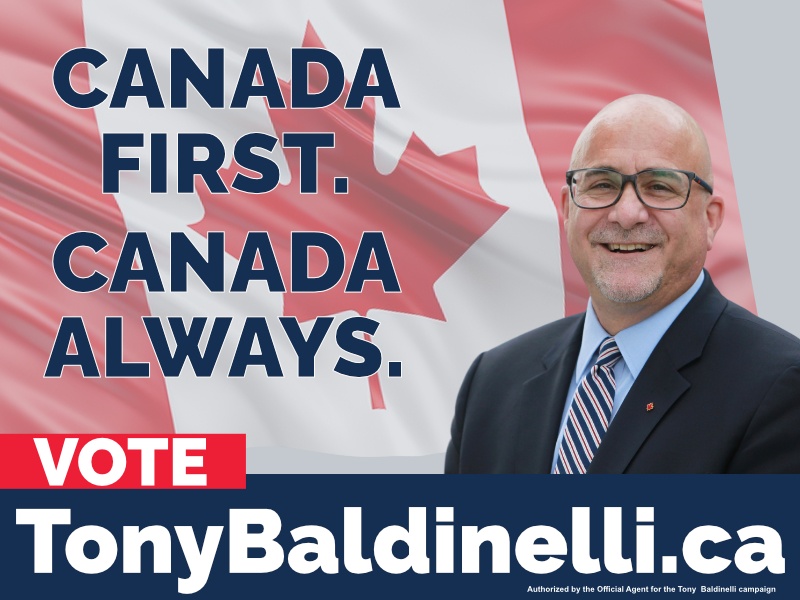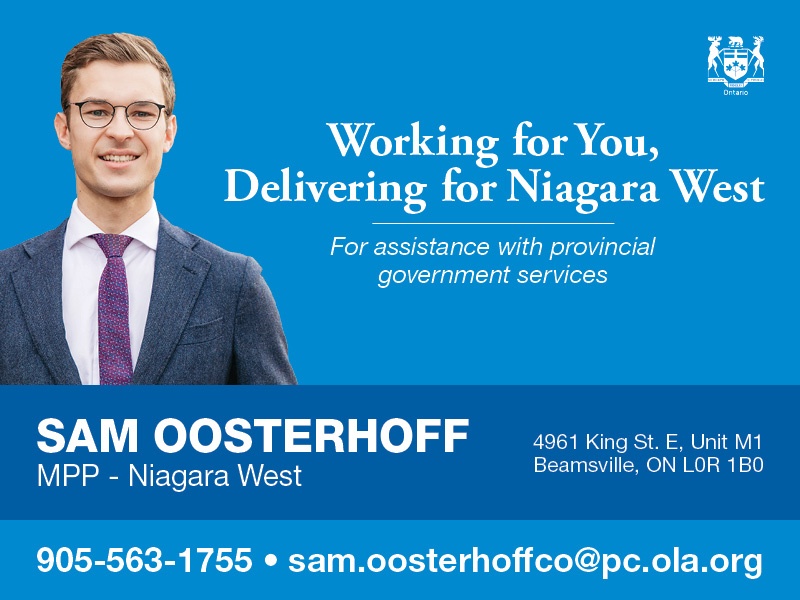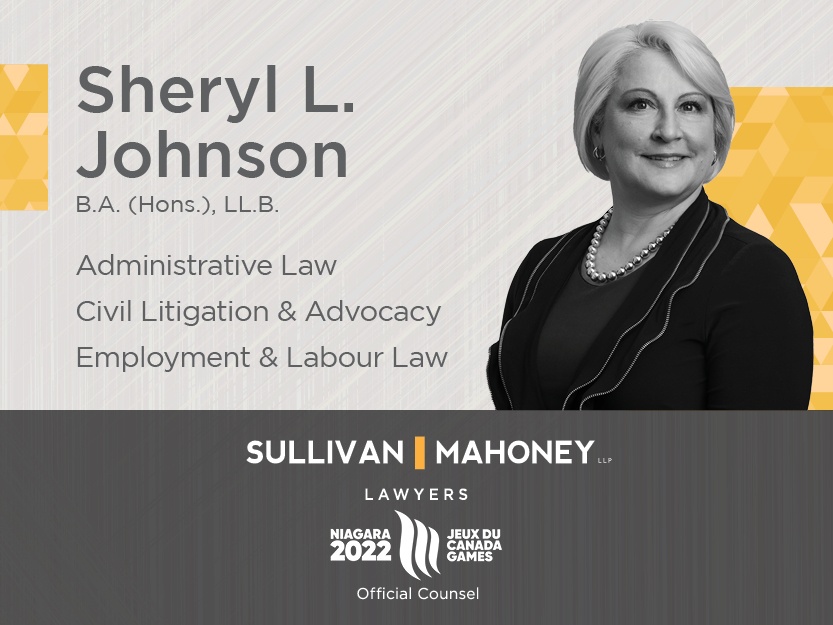Finding a silver lining in the current trade war between Canada and the U.S. is not easy. But there may be an unexpected one and it is none too soon for Canada’s strained health-care system.
Put simply, Canada does not have enough family doctors. A recent report from Health Canada estimated that not only were we 22,823 short, we only graduate about 1,300 each year.
“At this rate, Canada will never solve the existing physician shortage,” Dr. Joss Reimer, president of the Canadian Medical Association said in a statement publicizing he report.
What may help, in part, is the political and economic chaos south of the border, generated by U.S. President Donald Trump. Many American physicians are considering moving north to practice their profession in Canada, unnerved by threats to health-care funding, mass lay-offs and hiring freezes in many government agencies dealing with public health and research and legislative changes governing abortion laws and gender-based treatments.
“My phone is ringing off the hook,” John Philpott, founder of CamAm Physician Recruiting Inc. recently told the National Post. He is receiving about 20 to 30 calls a day from American physicians exploring their options. Dr. Rohini Patel, one of the firm’s physician recruiters reported that the firm had added 141 doctors to their roster in the past three months alone, almost double the number over the same period the year before.
The Medical Council of Canada, responsible for assessing and validating physician credentials, has also seen an uptick as they are now processing applications at the rate of 120 per month, up from about 10 a month.
Red tape in approving physicians from other countries has been a long-standing irritant, spawning stories of doctors driving taxi cabs because of approval process bottlenecks for foreign physicians. However, the College of Physicians and Surgeons of Ontario has introduced “registration pathways” so that approved American doctors can be more easily allowed to practice in the province without having to complete additional training or exams.
The College of Family Physicians of Canada too, automatically approves U.S. certified doctors with no exams required.
Nova Scotia, New Brunswick, and Saskatchewan have followed suit. It should also be noted that the Maritime provinces have created one licensure system, so that a doctor approved in one jurisdiction is recognized by the others. The Canadian Medical Association is lobbying hard to expand that approach across the country.
The shortage of family doctors was also an issue in Ontario’s recent election with opposition critics citing statistics that estimate approximately two million provincial residents were without a family doctor.
The provincial government is responding with a new $1.4-billion investment rolled out earlier in the year by Ontario Health Minister, Sylvia Jones to connect every person to a family doctor and a primary health care team within four years. The government is also opening two new medical schools to increase graduates but it will be sometime before the first ones make it through.
Making the task even more difficult is the growing number of physicians retiring or leaving the profession due to burn-out.
While no one solution is going to the solve the problem, there is another step that Ontario could take, to exploit the opportunities provided by the current unrest in the U.S. – a coordinated outreach and sales program from Ontario, to reach rattled American doctors and convince them of the benefits of practicing north of the border.
If it works, we should send the president a thank you note.

Janet Ecker is a former Ontario Finance Minister, Minister of Education, Minister of Community and Social Services and Government House Leader in the governments of Premier Mike Harris and Premier Ernie Eves. After her political career, she served as the founding CEO of the Toronto Financial Services Alliance, a public-private partnership dedicated to building Toronto region into an international financial centre. She currently sits on a number of corporate and non-profit boards, agencies and advisory committees.
Ms. Ecker received the Order of Canada for her public service contributions and was recognized as one of the “Most Influential People in the World’s Financial Centres” by Financial Centres International. She also received a “Canada’s Most Powerful Women: Top 100 Award” from the Women’s Executive Network and the Richard Ivey School of Business, among other awards. She is also one of the founders of Equal Voice, a national, multi-partisan organization working to elect more women.








